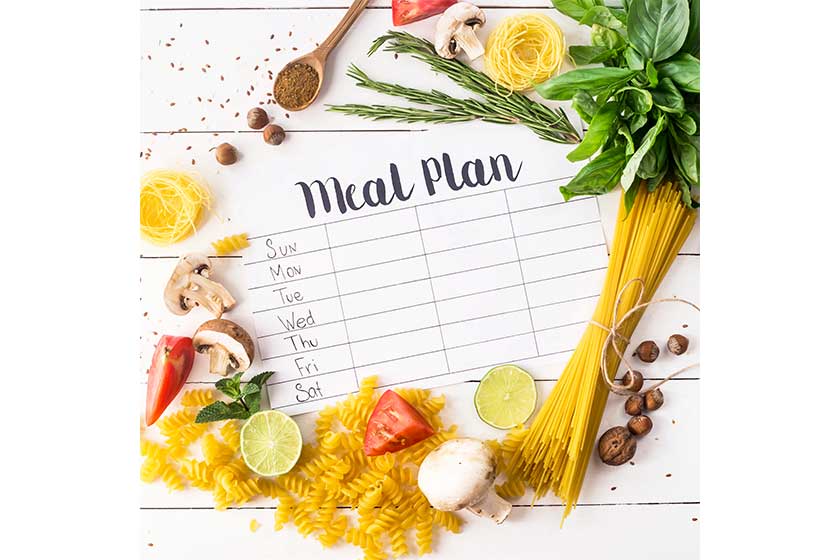Creating a personalized meal plan for your loved ones can be a thoughtful way to ensure they enjoy nutritious and appealing meals every day. Whether it’s for an aging parent, a partner with specific health needs, or young children with picky palates, tailoring a meal plan to suit individual tastes and nutritional requirements can greatly enhance their well-being and your peace of mind. Here are four practical tips to help you design a personalized meal plan that is both nutritious and satisfying.
Understand Nutritional Needs
The first step in crafting a personalized meal plan is to understand the unique nutritional needs of your loved one. Age, activity level, health conditions, and personal goals (such as weight loss or muscle gain) all play critical roles in determining the right dietary balance.
Consulting with a healthcare provider or a nutritionist can provide valuable insights into the specific nutrients needed, such as increased protein for muscle repair or lower carbohydrates for diabetes management. This foundation ensures that the meals you plan not only taste good but also contribute positively to their health.
Consider Food Preferences and Restrictions
A successful personalized meal plan respects personal food preferences and dietary restrictions. Start by making a list of your loved one’s favorite foods and those they dislike or need to avoid due to allergies or intolerances. This list will guide you in creating meals that are both enjoyable and safe.
For instance, if your loved one enjoys Italian cuisine but must limit sodium, you can adapt traditional recipes by using fresh herbs and spices instead of salt. Incorporating their favorites while carefully substituting restricted items ensures the meal plan remains exciting and varied.
Plan and Prepare in Advance
Advanced planning is crucial for maintaining a sustainable personalized meal plan. Set aside time each week to plan meals, considering not only dinners but also breakfasts, lunches, and snacks. Batch cooking and prepping ingredients in advance can save time during busy weekdays and help maintain consistency in your loved one’s diet.
Freezing portions for later use can also ensure they have access to healthy, homemade meals even on days when cooking isn’t feasible. Utilizing tools like meal planning apps or templates can streamline the process and help keep track of nutritional intake.
Make Meals a Shared Experience
Turning mealtime into a shared experience can make a personalized meal plan more enjoyable. Whenever possible, involve your loved ones in the meal preparation process. This can be as simple as having them help with washing vegetables or choosing recipes. Eating together not only strengthens relationships but also encourages better eating habits, as meals taken in a family setting tend to be more balanced and less processed. Moreover, it allows for immediate feedback on the new dishes, which can help refine future meal plans.
Crafting a personalized meal plan involves more than just selecting the right foods; it’s about creating a nurturing environment that promotes health and happiness. For those who might find meal planning and preparation challenging, especially in their golden years, retirement communities offer a solution. These communities provide tailored meal services designed to meet dietary needs and preferences, helping residents live better and healthier lives.







